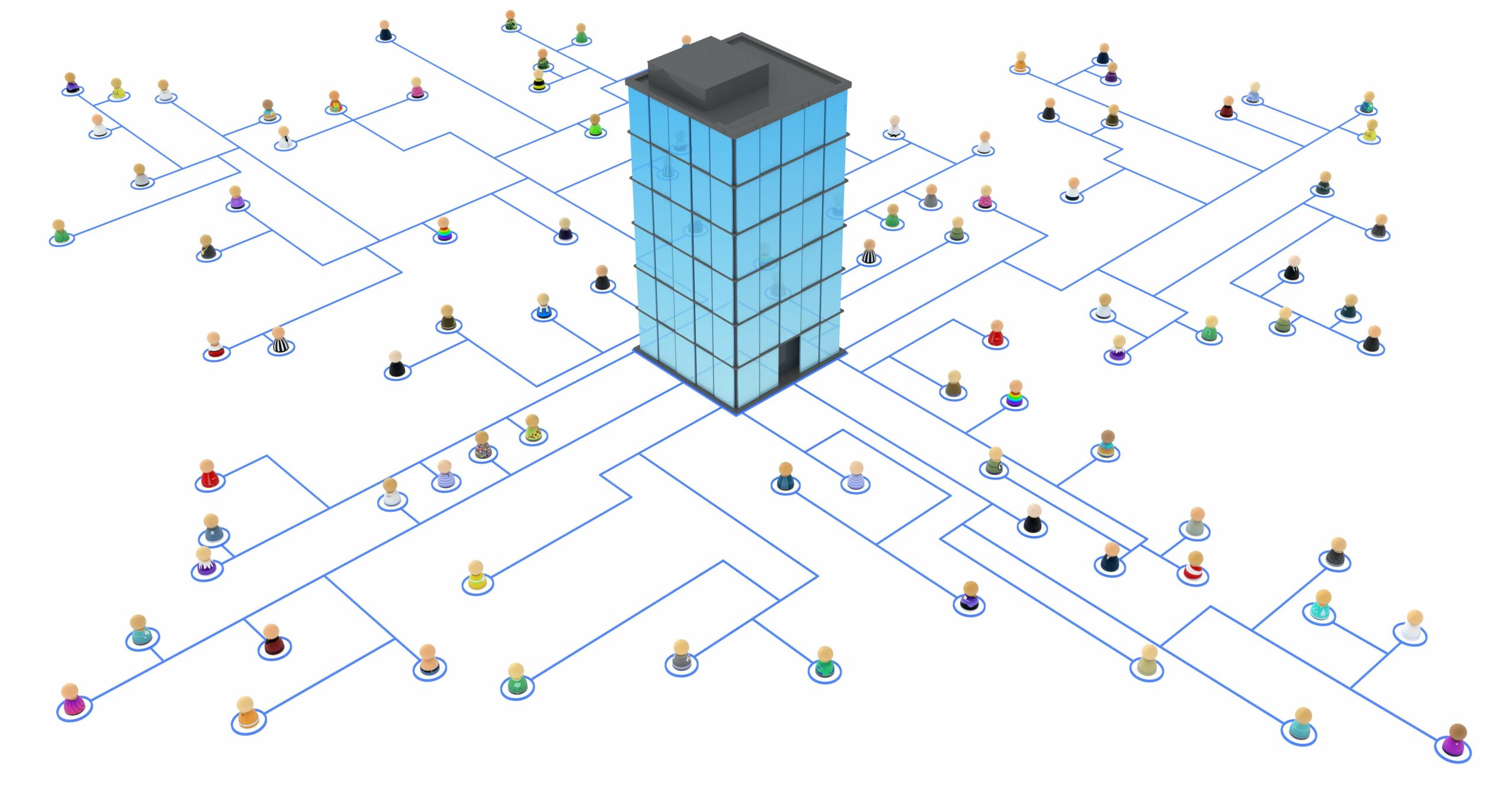The journey of advancing diversity, equity and inclusion is not easy. But some of the world’s most successful companies are making concrete commitments to DEI, adeptly working with employees to navigate a journey toward allyship and advocacy with successful results. And while the situation for every organization is unique, these examples may lead to aspirational thinking that could help inform what’s possible in your organization.
To arrive at these examples, we looked at companies that were vetted through a rigorous process. In particular, Forbes partnered with market research company Statista to survey 50,000 Americans working for businesses with at least 1,000 employees to pinpoint the companies they identified as being most dedicated to diversity, equity and inclusion.
“The final list ranked the 500 employers that not only received the most recommendations but also boast the most diverse boards and executive ranks, as well as the most proactive diversity and inclusion initiatives.” We also looked for companies that were going above and beyond with advocacy programs, not just basic DEI. By looking at a few of these companies you can get a sense of some possible iterations that can come from embarking on a journey towards allyship and advocacy.
JLL
At the top of the 2021 Forbes list and serving as an example of a company actively supporting advocacy is JLL, where workers can participate in any of nine employee-led business resource groups, covering a spectrum of diversity, including groups called Empower–Black Professionals Network, the Asian Business Professionals Network and the Women’s Business Network. According to JLL, “Our Business Resource Groups support our diversity and inclusion business objectives, provide a platform for diverse perspectives, and connect people across the organization. Comprised of more than 7,500 people across 200 locations, these employee-led groups are open to all employees and the company encourages allies, advocates and partners to get involved.”
Microsoft
Microsoft has an allyship program that includes advocacy components. According to their site, “Microsoft introduced its global allyship program last year. The course was offered to all employees, aiming to broaden Chief Executive Officer Satya Nadella’s push toward a more inclusive culture.” They go on to say, “The goal is to give Microsoft’s 160,000 employees worldwide the language they need to discuss different viewpoints and difficult things in a way that offers empathy and inclusion to all, says Chief Diversity Officer Lindsay-Rae McIntyre. The program merges employees’ increased enthusiasm around advocacy with the well-known ‘growth mindset’ platform Nadella adopted from psychologist Carol Dweck. And it adapts that from the work-performance arena to address the culture of the company, where leaders have been trying to break down silos and address bias, intolerance and discrimination.”
AT&T
Here’s what AT&T says about their advocacy program. “Employee groups members are the cultural lifeblood of our organization and when it comes to advancing diversity, equity and inclusion, they are the vanguard, helping to shape our path forward. Across AT&T’s enterprise, there are 37 employee groups and networks – with more than 145,250 employees participating. In 2020 our Employee Groups have awarded $913,250 scholarships and logged 158,400 volunteer hours.” Groups includes “Ability,” which provides understanding, awareness and resolution on challenges facing individuals with disabilities. There are also groups for empowering, advocating for and addressing challenges related to women, Black, Asian & Pacific Islanders, Filipino and LGBQT professionals.
Companies like these, and many others, are awakening to the fact that elevating their DEI programs means supporting managers and employees to take their own journey from observer, to ally and advocate. In doing so, these companies are aiming to allow their programs to operate and grow organically, while at the same time providing education, strategies and tools for the advocacy to be successful. The result is that members of underrepresented groups feel better understood, have greater opportunity for advancement and gain an increased sense of belonging and connection to their organization.
“Employers can take steps to encourage and equip employees to turn their intentions into actions by providing educational materials regarding diversity, equity, and inclusion to employees and creating space for employees to reflect on those topics.”
— Britney Torres, Shareholder, Littler
Are you ready to advance toward allyship and advocacy?
The companies described here are some of the largest and most well-resourced in the world. If your company doesn’t have the resources to implement an elaborate allyship/advocacy program or simply isn’t ready to take that step, you can still make solid progress advancing DEI through education and incremental change. Ask yourself these questions to explore your next steps.
- Do you have support from leadership to elevate your DEI program?
- What kind of ongoing DEI education and training are you offering to employees?
- Is your education and training effective at a higher level, in that it’s nuanced, believable, relatable and applicable for all employees?
- Does your training address micro-aggressions and offer guidance for understanding people with different identities?
- Is training provided in a safe space where people feel comfortable to learn at their own pace?
- Are you giving enough time for employees to reflect on what they have learned?
- Are you providing concrete steps and the ongoing support they’ll need to be conscientious observers, supportive allies and appropriate advocates?
- Do your employees know where to get clarification if faced with uncomfortable situations?
- Do you have a clearly understood and easily accessible system for reporting harassment or bullying?
- Have you assessed a baseline for your program and determined how you will measure success?
Ultimately, the goal is for organizations to elevate their culture to create a workforce that is diverse, equitable and inclusive—and going further, creates touchpoints and milestones that reverberate beyond the organization itself. That starts with continued education and training and moves toward empowering employees in the organization to become allies and advocates. The journey may not be easy, but it’s one where everyone reaps the rewards of mutually beneficial success. What outcome could be better than that?












